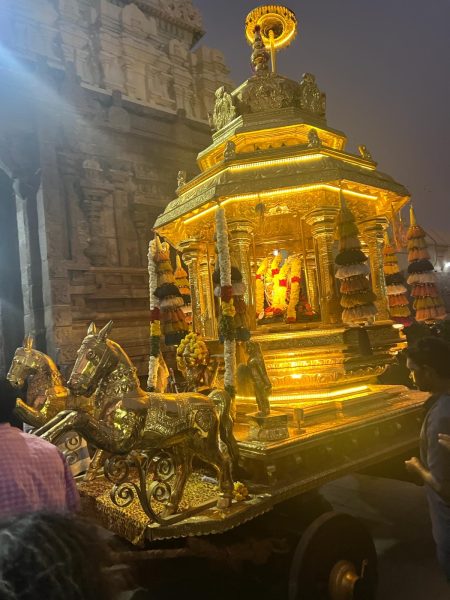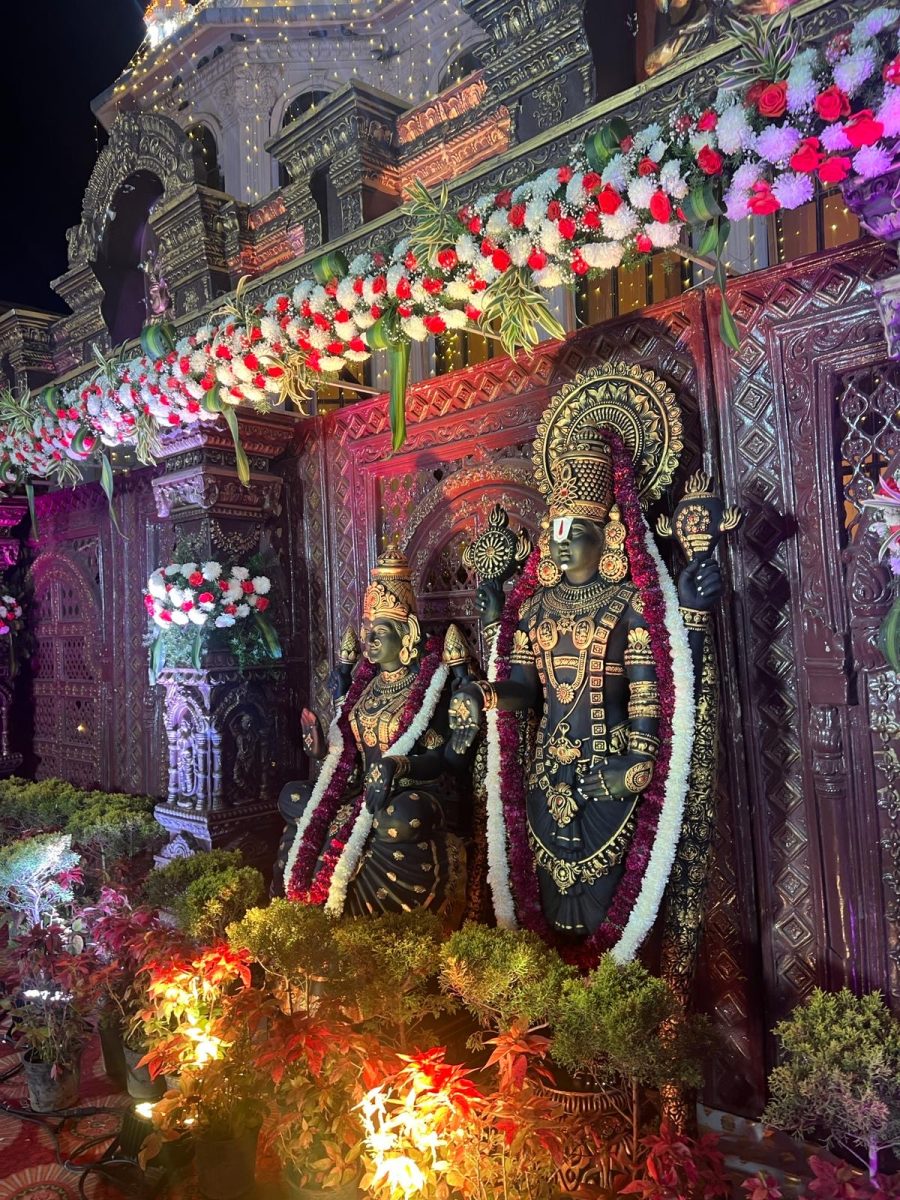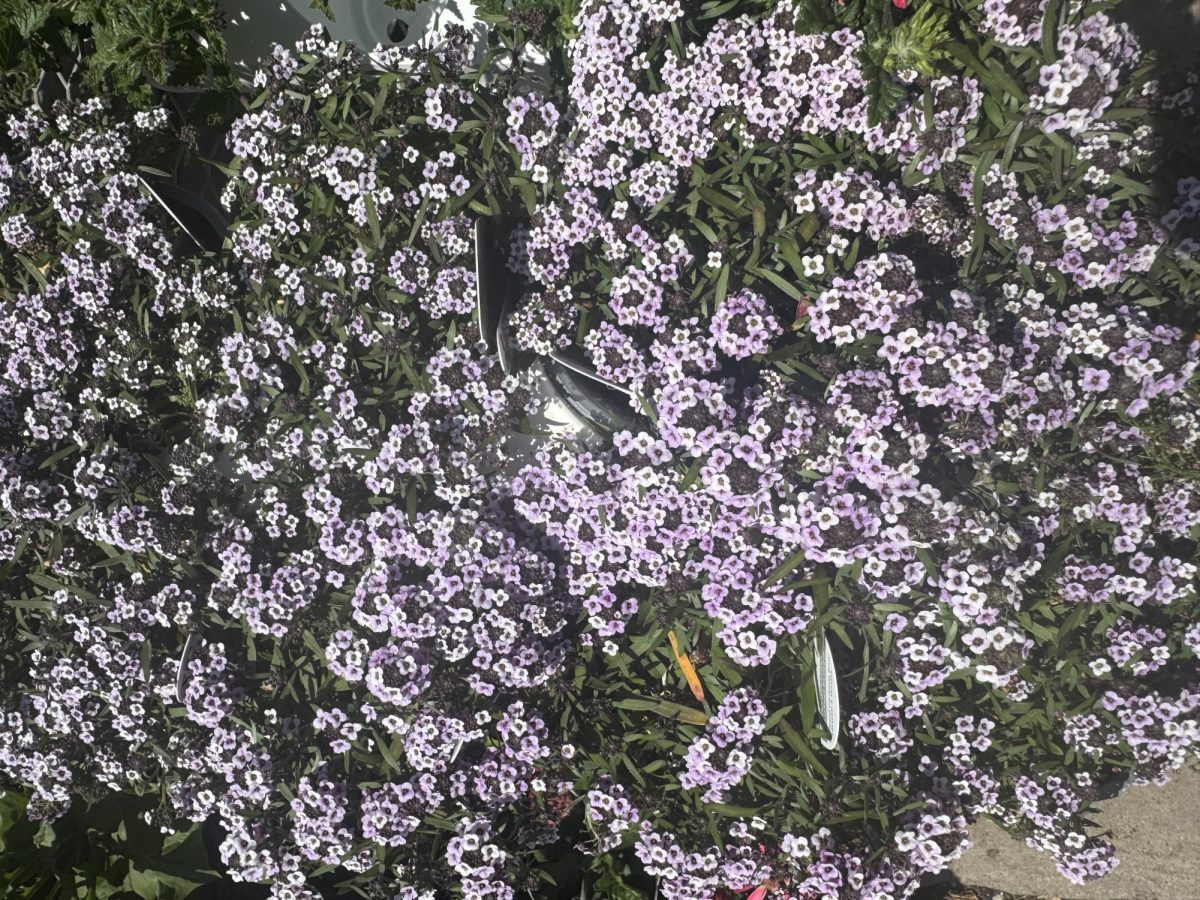India is a land full of many diverse cultures, traditions, and languages. Each part of the country is filled with a number of beauties, ranging from bustling markets to wonders such as the Taj Mahal to breathtaking temples. The food of India is unique in its taste, bringing together a mix of many flavors and spices to form delectable dishes. Exploring the culture of India is essential to understanding its essence and the way in which the country is special.
The streets of India awaken at many different times. Some people start as early as 4:00am, setting up grocery markets or stands to sell their products. Tea and coffee stalls are open bright and early, with many people quickly stopping by before work or school to grab a cup of chai tea with Osmania biscuits. Some people who work in software engineering have late days, coming home at around 8:00 or 9:00pm. Since they work later into the day, they go to work at around 10:00am or possibly even later. Overall, the cities of India are filled with ranging ages of people, leading to different starting times for work or school. No matter the time, though, there will always be a buzz of energy as people start their day, creating an exciting atmosphere.
 It’s almost impossible to turn a corner in India and not see a temple. Religion is a huge part of India’s culture and many people highly value their belief system. The highest percentage of India consists of Hindus, followed by Muslims, Christians, and lastly Sikhs. According to Statista, as of 2022 there are about 649,000 Hindu temples in India. While there seems to be an endless number of temples, each one is designed with such beauty and grace that welcomes all to come and pray to God. Within these temples, there are several priests who perform the rituals for the various Gods. Offerings of flowers, food, and milk are common, and “hundis” are placed all throughout temples as collection boxes for cash.
It’s almost impossible to turn a corner in India and not see a temple. Religion is a huge part of India’s culture and many people highly value their belief system. The highest percentage of India consists of Hindus, followed by Muslims, Christians, and lastly Sikhs. According to Statista, as of 2022 there are about 649,000 Hindu temples in India. While there seems to be an endless number of temples, each one is designed with such beauty and grace that welcomes all to come and pray to God. Within these temples, there are several priests who perform the rituals for the various Gods. Offerings of flowers, food, and milk are common, and “hundis” are placed all throughout temples as collection boxes for cash.

India currently stands as the world’s most populous country. This fact is evident if one roams the streets of India since the markets are always full, villages are filled with hard-working farmers, and the streets are constantly packed. When it comes to traffic, unfortunately, India is filled with it. Bangalore, a city located in Southern India, is especially known for its terrible traffic jams. These amounts of traffic result from poor roads, improper intersections, and fast-paced driving. Unlike America, honks are hit each second on the roads of India and the lanes aren’t followed by the majority of drivers. Along the streets, coconut stands are very common; the coconut is cut with a large knife right in front and after drinking the coconut water, it can be cut again so the tender coconut can be eaten. There is also lots of street food, and some commonly sold foods are samosas, pani puri, and pav bhaji.

For Hindus, marriages follow a long set of religious procedures to ensure the marriage is long lasting and successful. Today, about 70% of marriages in India are arranged and about 30% are love marriages. When an arranged marriage happens, the bride is expected to pay the entire cost of the wedding and send the groom a dowry, which is property or money that is sent in desire to contribute to the costs of the groom setting up a new household. Typically, the marriage is done where the bride lives and after the marriage, the bride leaves her family and goes to live with the groom. However, many changes can be done to these procedures, as all that matters in the end is both sides of the family are happy.
Overall, India is a country that should undoubtedly be visited by all. The country is much more than just an overpopulated place; instead, it holds a sense of belonging and close connectedness that can never be broken. For instance, even from stranger to stranger, many times people address each other as “akka” or “anna” in Tamil or “bhaiya” in Hindi, which means sister or brother. This sense of closeness is an important part of India’s culture, along with its other aspects. The country is truly a delightful place, one filled with love, beauty, and a unique culture.









